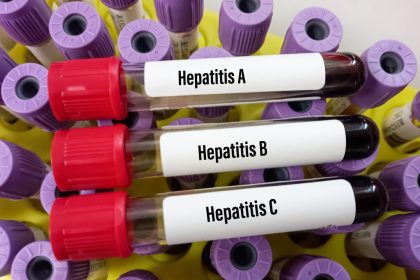In 2024, approximately 2,800 men are expected to be diagnosed with breast cancer, with nearly 20 percent of these cases becoming terminal. The majority of diagnoses occur in men aged between 60 and 70 years. While breast cancer is significantly less common in Black men compared to Black women, it is also notably rare among white men when compared to white women, as reported by the National Breast Cancer Foundation, Inc.
Recognizing the symptoms of male breast cancer
Awareness of the symptoms associated with male breast cancer is crucial for early diagnosis and treatment, which can ultimately save lives. The most prevalent symptom is a hard lump located beneath the nipple and areola, often discovered by men during routine showers. Other symptoms to be vigilant about include:
– A lump that may or may not be painful, resembling a knot or hard pebble, typically found under or around the nipple or in the armpit area.
– Discomfort or pain in the nipple or breast region.
– Skin changes on the breast, such as dimpling, puckering or redness.
– Alterations in breast shape or size.
– Nipple discharge.
– A rash or sore on the nipple or areola.
– An inverted nipple.
Unfortunately, many men are overlooked in discussions about breast cancer, leading to a lack of screening and education on this important health issue.
Increased risk factors for male breast cancer
It is a common misconception that men cannot develop breast cancer. In reality, anyone with breast cells and tissue is at risk. This misunderstanding contributes to higher mortality rates among men diagnosed with breast cancer compared to women, as noted by the National Breast Cancer Foundation, Inc.
Men with a strong family history of breast, ovarian or prostate cancers should consult their health care providers, as they may be at an elevated risk. Regular manual exams and genetic testing for the BRCA gene mutation are recommended. Men with this mutation face up to a fivefold increase in breast cancer risk compared to those without it.
Screening processes for men
Early detection is vital in the fight against breast cancer. Men should learn how to perform self-exams to identify any changes in their breast tissue as early as possible. If symptoms arise, health care providers will determine the most appropriate diagnostic tests. Imaging techniques, including mammograms and low-dose X-ray examinations of breast tissue, are utilized for further evaluation and diagnosis, according to the American Cancer Society.
Treatment options for male breast cancer
The treatment protocols for male breast cancer are largely similar to those for females. As per the NIH, treatment options for early-stage operable male breast cancer include:
– Surgery, which may be accompanied by radiation therapy.
– Adjuvant therapies, such as chemotherapy, endocrine therapy and HER2-directed therapy.
For patients facing locally advanced or metastatic male breast cancer, exploring ongoing clinical trials may provide additional treatment avenues.
Understanding male breast cancer is essential for early detection and effective treatment. By recognizing symptoms, acknowledging risk factors and participating in regular screenings, men can take proactive steps in managing their health. Awareness and education can significantly impact outcomes, ultimately saving lives.
The importance of destigmatizing male breast cancer cannot be overstated. Many men may feel embarrassed or reluctant to seek medical attention for breast-related symptoms due to societal misconceptions. Addressing these barriers through education and open dialogue is crucial in improving early detection rates and overall outcomes.
Health care providers play a vital role in this process. They should be prepared to discuss breast health with their male patients, particularly those with known risk factors. Regular checkups should include breast examinations and discussions about family history and genetic predisposition.
Community outreach and public health campaigns focusing on male breast cancer awareness can also make a significant impact. By normalizing conversations about male breast health, we can encourage more men to be proactive about their well-being and seek medical attention when needed.
As research in this field continues, it’s important to stay informed about new developments in diagnosis and treatment options. Ongoing studies may provide insights into more targeted therapies or improved screening methods specific to male breast cancer.















